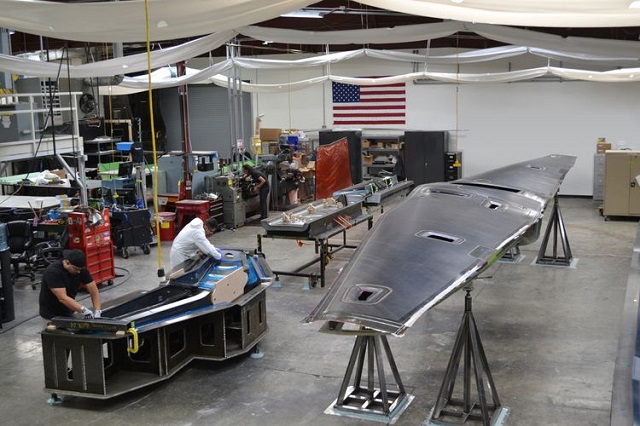|
|
|||
|
Northrop Grumman video
|
|||
|
|
|||
|
“Tern’s unique combination of speed, long endurance, range, and altitude would give the Navy and Marine Corps a cost-effective, transformational capability to conduct ISR, light strike, and other missions from the sea at ranges exceeding 600 nautical miles,” said Bob August, program manager, Tern, Northrop Grumman. “These successful milestones add confidence to our plan to demonstrate this new vehicle capability in 2018.”
According to August, Tern addresses the services’ growing demand for ships to be able to deliver intelligence and decisive offensive and defensive capabilities, even in the absence of traditional carrier air wings or land-based patrol aircraft. The Navy’s emerging concept of distributed lethality allows the surface fleet to conduct ISR and targeting missions around the clock at operationally relevant ranges. Tern would also support emerging U.S. Marine expeditionary mission requirements for large ship-based, long-range, long-endurance unmanned air systems. DARPA awarded Northrop Grumman the Tern Phase 3 contract in December 2015. Phase 3 goals include completion of detailed aircraft design, development of two full-scale demonstrator aircraft, land-based testing and at-sea demonstrations of air vehicle launch and recovery. |
|||
Northrop Grumman Passes Key Development Milestones on DARPA/US Navy Tern Program
- Posted On











